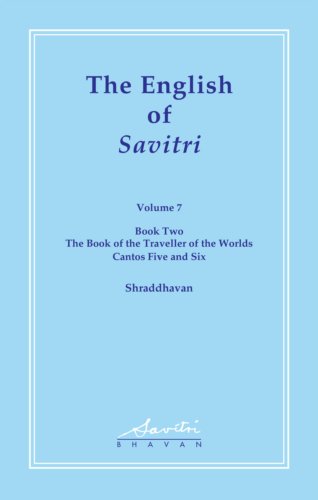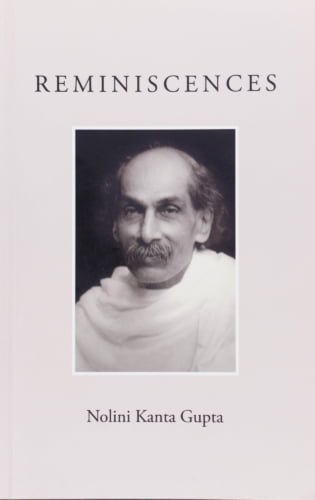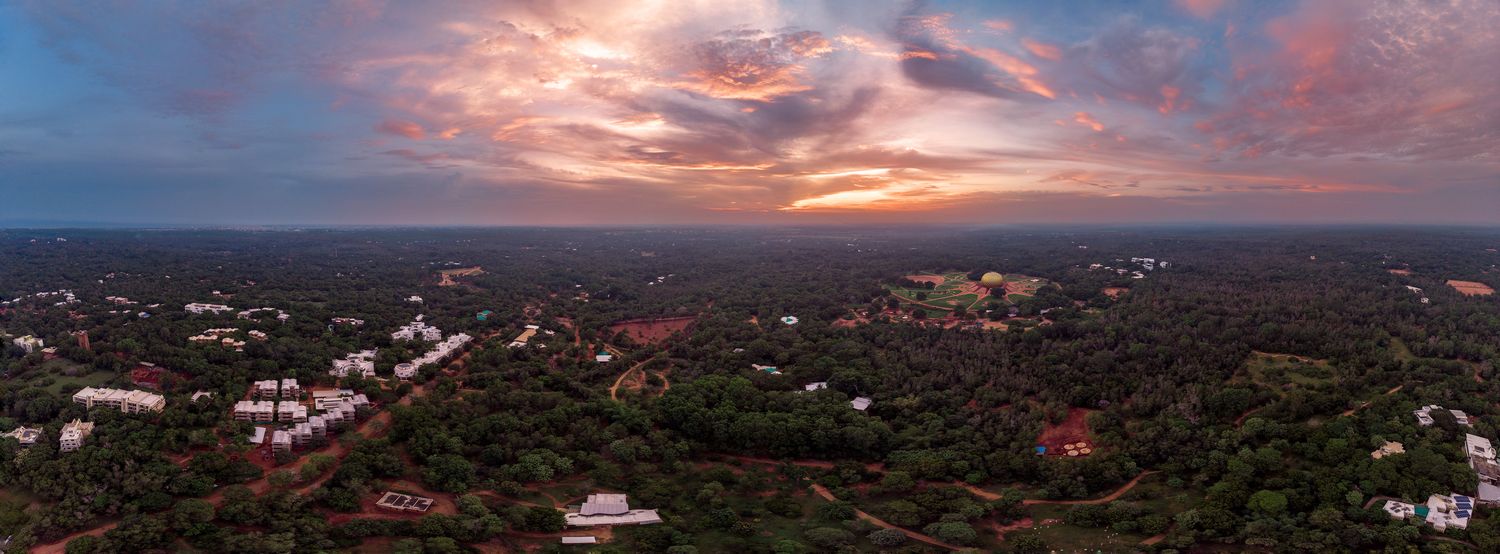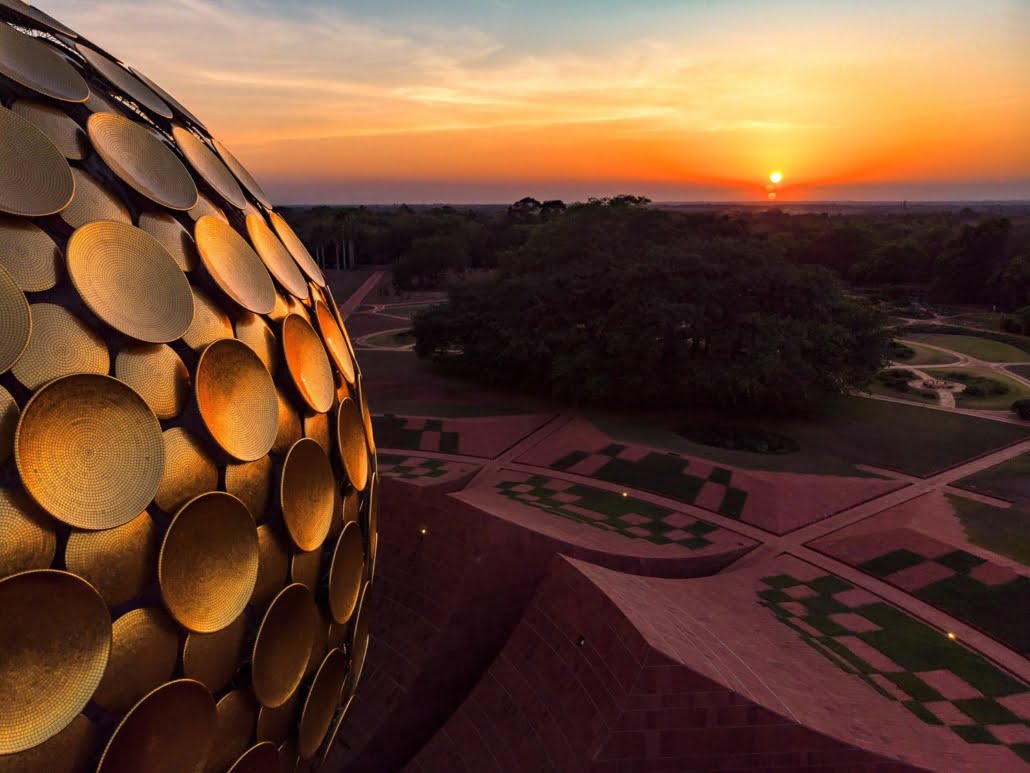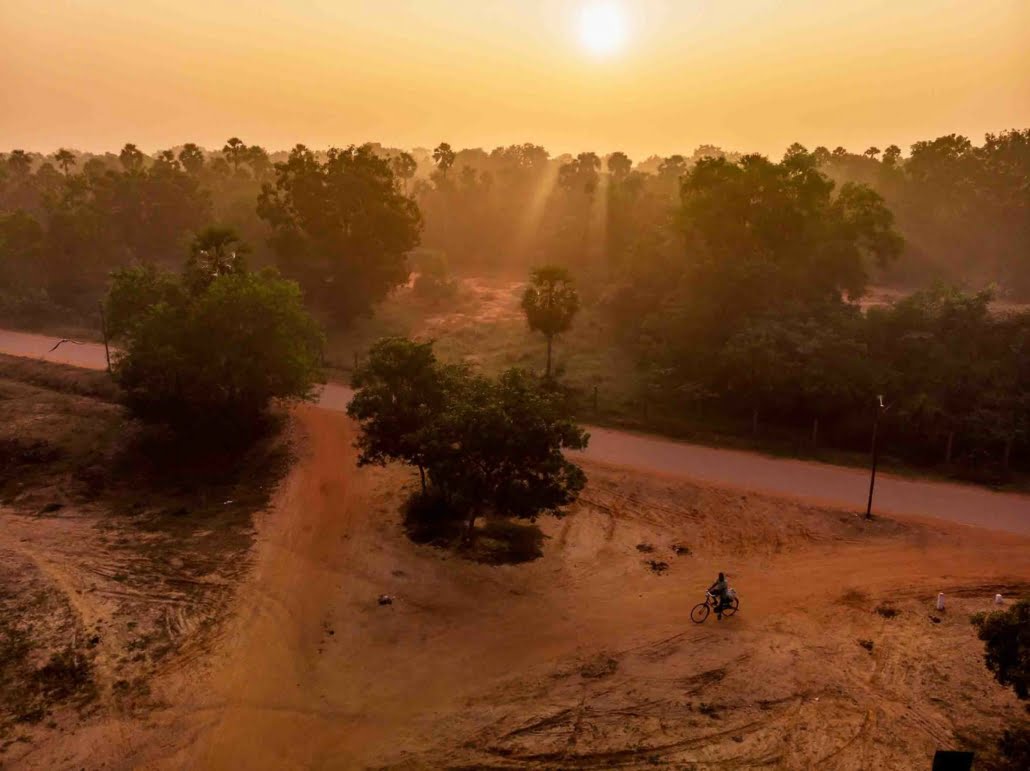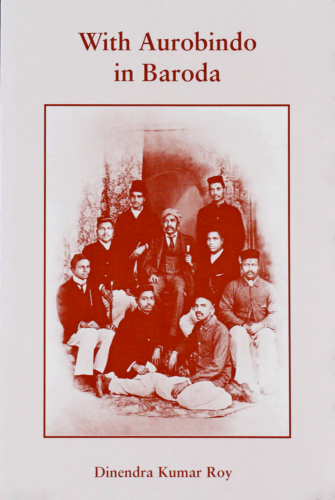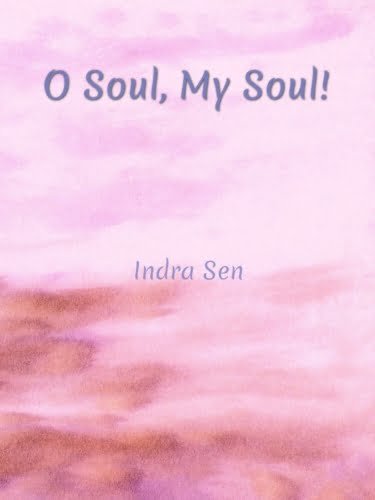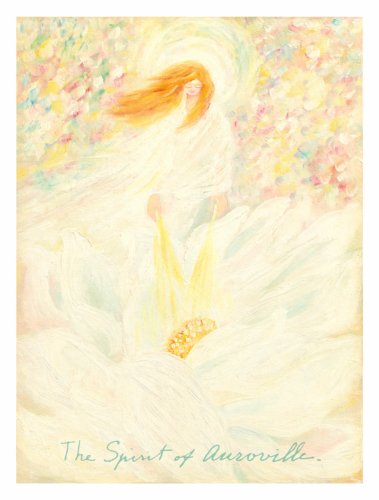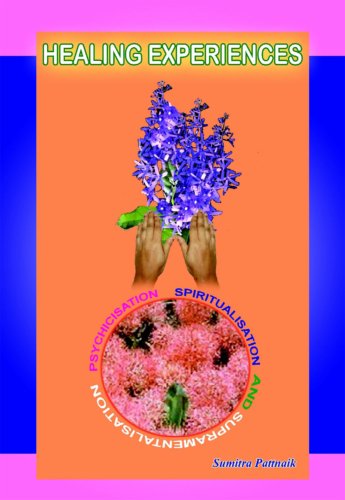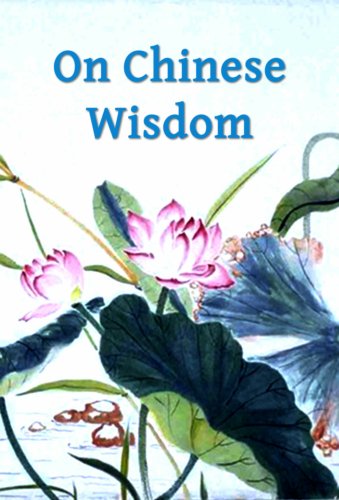Auroville from Above
A change of perspective can result in a change consciousness. Five hours after the launch of the Apollo 17 mission in 1972, astronaut Harrison Schmitt took a photo of the Earth from space which has become one of the most reproduced images anywhere. What made this image of the blue planet swimming in the black void of space so influential was that it emphasized both the beauty and precariousness of our existence, and the fact that we need to work together to preserve it.
Auroville from Above had a similar impact on some of the viewers. “What a change of perspective!” wrote one, “It feels like helping us to realize the amazing place/gift we are living in.”
The project was conceived in 2018 as an idea to create a photo book of aerial pictures of Auroville, complemented with inspiring quotes from Sri Aurobindo and The Mother. This also became an exhibition. “We had a basic idea to create a book of photos all around Auroville of places we know very well but have never seen from the sky,” says Julie. “We also had the initial idea of doing places less known. However, in the process we discovered so much more that the project became more and more refined,” notes Om. “For example, even something as simple as the colours and textures of the soil, the lushness of the trees and the intensity of the sky change almost minute by minute, offering us a new canvas to work with each time.”
“It really expanded our vision of Auroville,” notes Julie. “When you go up a little bit higher, you realize how much you didn’t know about this place, and you also realize there is more than one way to see things. For example, in the panorama photos you see how tiny we are in comparison to the trees.”

Om and Julie
In fact, one of the revelations of this exhibition is how green Auroville looks from the sky. Even in the city, the buildings poke almost apologetically above rolling waves of trees. “When you look from this perspective,” says Om, “you appreciate the tremendous collective effort that was made to plant this forest.”
Another discovery was the uniqueness of Auroville’s architecture. From above, one can admire the sweeping curves of Savitri Bhavan, the mandala pattern of the Tibetan Pavilion, the sprung thrust of the Amphitheatre, and the unusual geometry of places like Humanscapes. In fact, some designs seem to work much better from the air than from ground level. One revelation is the Garden of Bliss which, from a higher elevation, suddenly acquires a new interest and beauty.
“You also see that some buildings are consciously placed – like the way that the main line of Savitri Bhavan is exactly orientated to the Matrimandir,” says Om. “Then again, I’d always assumed that the two pathways around the Urn were symmetrical – but they’re not! Also, you see immediately where architects have made an effort to incorporate nature into their designs, as in the kindergarten, and where, on the contrary, they have simply created a block without reference to the natural surroundings.”
The narrative structure of the exhibition is a day in Auroville: it begins and ends with panoramas of the community spread out under wonderful morning and evening skies. An early morning photo, which is one of their favourites, is titled ‘Gratitude’. It shows early morning light pouring down through the mist and forest, while a lone cyclist circles a tree. “Because of the mist we were actually considering whether we would shoot or not, but when we lifted the drone and saw this golden light pouring down, everything came together for a few seconds: it really was the City of Dawn,” says Julie.
“For me, images like this are a reminder of the original Auroville,” says Om. “Growing up here you hear a lot about the ideals of Auroville, but as you get older you start seeing we are not really there yet. This is also why we included the quotes, not only to complement the images but also to remind us of what we are supposed to be.”
“We wanted to present the beauty of Auroville rather than the problems,” says Julie. “For me, Auroville is beauty; this is the ideal Auroville for me. By diving into this project we re-centred ourselves. Seeing so much more of the beauty from this unique perspective brought us back to the vision, and made us feel so lucky and grateful to be part of this place.”
Alan,
Originally published at:
https://auroville.org/avtoday
A 120 page book, Aerial Auroville, accompanies the exhibition.
For further information contact
thedronezone@auroville.org.in


